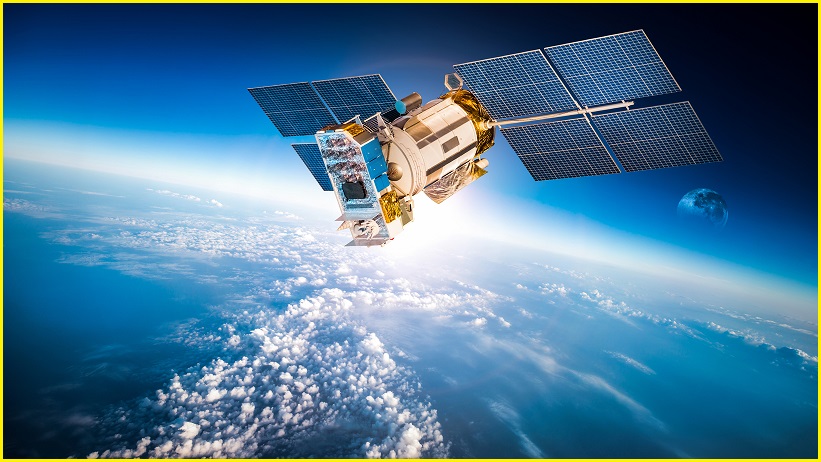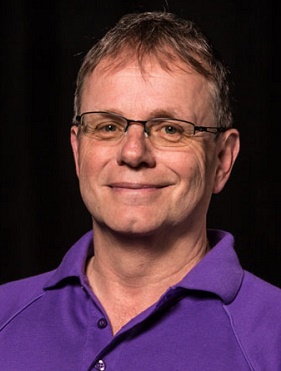Four satellites placed into high orbits may be enough to provide global internet coverage at reduced cost.
That’s according to a new study published in Nature Communications, where six researchers used mathematics, astrodynamics, and supercomputer simulations to demonstrate the possibility.
In the study, ‘Low cost satellite constellations for nearly continuous global coverage’, the team from the non-profit Aerospace Corporation developed a range of models and used one of the world’s most powerful computers – the Blue Waters supercomputer at the University of Illinois – to evaluate more than five million scenarios.
This allowed hundreds of years of processing to be done in just one month and, by using multi-objective evolutionary optimisation techniques to intelligently search the orbital design space, uncovered two feasible models, each requiring just four satellites placed in high earth orbit (HEO).
In one model, the satellite cluster would complete an orbit of Earth in 24 hours at an altitude of around 35,000 kilometres and could achieve continuous coverage for 86 per cent of the planet.
In the other model, the cluster would be almost twice as far away, at around 68,000 kilometres, but this extra distance would increase coverage to 95 per cent.
What about Elon’s approach?
The approach suggested by the Aerospace Corporation researchers stands in stark contrast to the work being undertaken by Elon Musk’s Starlink project in which SpaceX is aims to have a cluster of 12,000 satellites in low earth orbit (LEO), starting at heights of 340 kilometres, by the middle of the year.
What is revolutionary about the new four-satellite proposal is that it would use natural astrophysical forces, which can be leveraged in HEO environments, to keep the satellites in orbit.
These include the gravitational effects of the Earth, sun, and moon, and even the pressure that can be exerted by solar radiation.
As astrophysicist from the Mount Stromlo Observatory at the Australian National University Dr Bradley Tucker explains, “these forces are amazing, to fix the Kepler Space Telescope a few years back, in addition to small thruster firings, we kept it in place by using light particles from the sun to blow on it and keep it stable; just a tiny bit works.”
With satellites in lower orbits, constant adjustment is necessary to stop them from being pulled out of orbit due to atmospheric drag. This is done with their thrusters and means they must carry substantially more fuel, which dramatically increases satellite weight, making launches more difficult and more expensive.
When the thruster fuel runs out, the satellites become space junk and eventually fall back to Earth.
In the simulations run by the Aerospace Corporation researchers, the fuel loads to maintain orbits under the new system were reduced by 60 per cent, making the satellites easier and cheaper to build and launch.
Space junk
One of the big advantages of the four-satellite cluster is that it creates minimal space junk, reduces collision risk, avoids the Kessler syndrome, and does not visually pollute the night sky with thousands of new bright lights.
Having the satellites in HEO also means that each one can cover a much larger area of the planet and controlling four satellites is much easier and cheaper than controlling thousands.
However, the new approach is not without its challenges.
These include the system becoming overloaded by data demands, the lack of redundancy if a satellite fails, the latency for signals travelling the increased distance, and the challenge of servicing satellites so far away.
Overall, Dr Tucker is optimistic about the impact of the new research.
“As an astronomer, I’m concerned about what we put into space and this research has definitely created discussion.
“The provision of internet access for all people is important and choosing the best satellite configuration is a worthwhile endeavour which, from my analysis, could end up costing a lot less than our current NBN approach,” Dr Tucker said.










